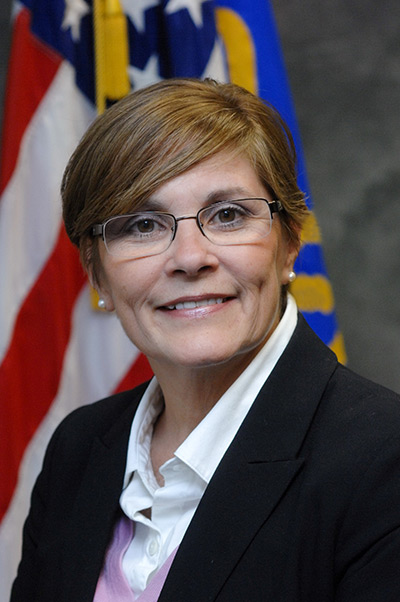
In a recent article, Frances Harding reflected on the work American Indian and Alaska Native (AI/AN) tribes are doing to prevent substance abuse among tribal youth in particular and tribal families in general. As the Director of the Center for Substance Abuse Prevention (SAMHSA), a major goal she has developed is the prevention of substance abuse and the promotion of wellness in Native communities. Given the long-term extent of the drug problems and alcohol abuse in these communities, the challenge is huge.
Although all races and ethnicities have biological and psychological characteristics that make them vulnerable to potential behavioral health issues, the American Native and Alaska Native populations have a particularly bleak track record when it comes to addiction and alcoholism. Effective prevention strategies need to focus on identifying the characteristics that have led to this track record. Although issues like poverty and cultural oppression cannot be easily resolved, there is a need to reduce other risk factors while strengthening protective factors within the community as a whole.
According to Frances Harding, however, what cannot be ignored is the importance of both “cultural identity (sense of belonging to an ethnic group and cultural heritage) and cultural continuity (transmission of core cultural beliefs, values, and traditions across generations)” for AI/AN youth. Cultural identity and cultural continuity help to engender a greater feeling that connects AI/AN youth to their tribe and community. Frances Harding believes that such a sense of connection plays a critical role in preventing not only substance use, but also suicide, and other behavioral health issues.
When addressing these issues among AI/AN youth, the stakes are incredibly high. Adding to the difficulty, AI/AN youth had the highest rate of substance abuse and suicide compared to other racial/ethnic groups. Moreover, programs and support brought from government sources outside of the tribal community tend to be rejected. It is hard to help when the help never reaches the intended subject.
Despite such challenges, SAMHSA is working to increase access to treatment services, promote wellness, and prevent suicide and substance use/misuse among tribal youth. Through its numerous grant programs, Harding shows how SAMHSA works with AI/AN communities to select, implement, and evaluate effective, culturally appropriate, and sustainable prevention activities. By dealing positively with the macrocosm of the communities, the microcosm of the youth can often be accessed.
In addition, SAMHSA maintains contact with AI/AN professionals and communities across the country. The goal of these ongoing partnerships is to develop a guide to build cultural awareness. Such a guide aims to enhance cultural competence among service providers who work with or coordinate services in tribal communities. Once again, Frances Harding demonstrates why she is such a notable figure in the history of American prevention efforts. To learn more about her noted history, you can read The Fix’s interview with Frances Harding.